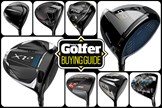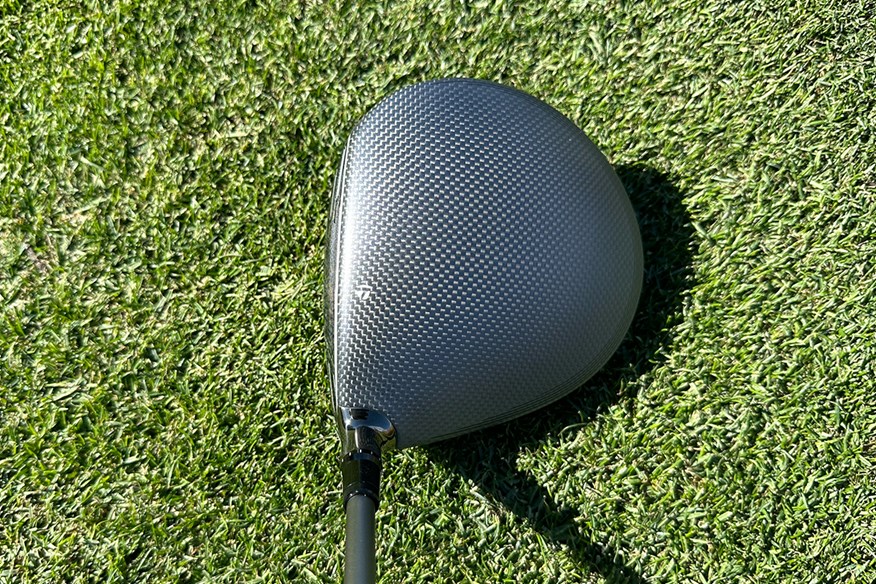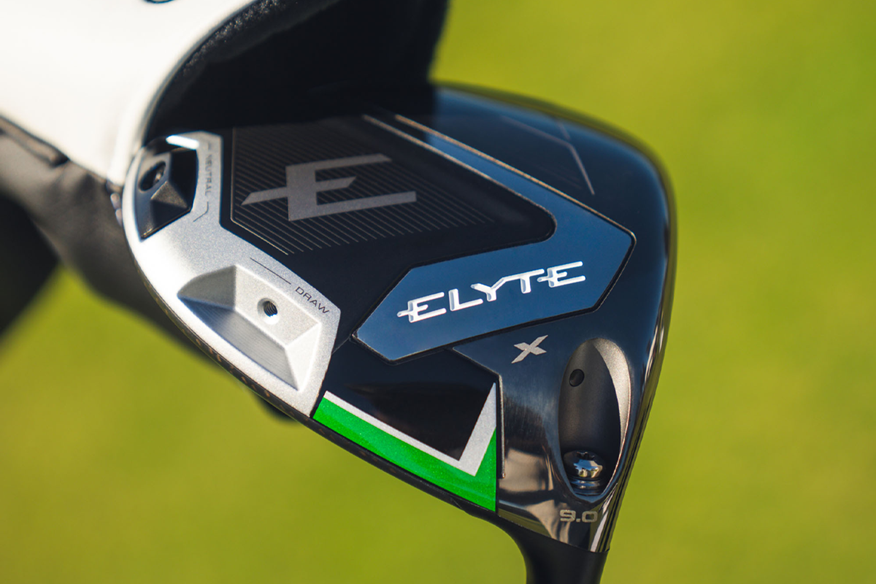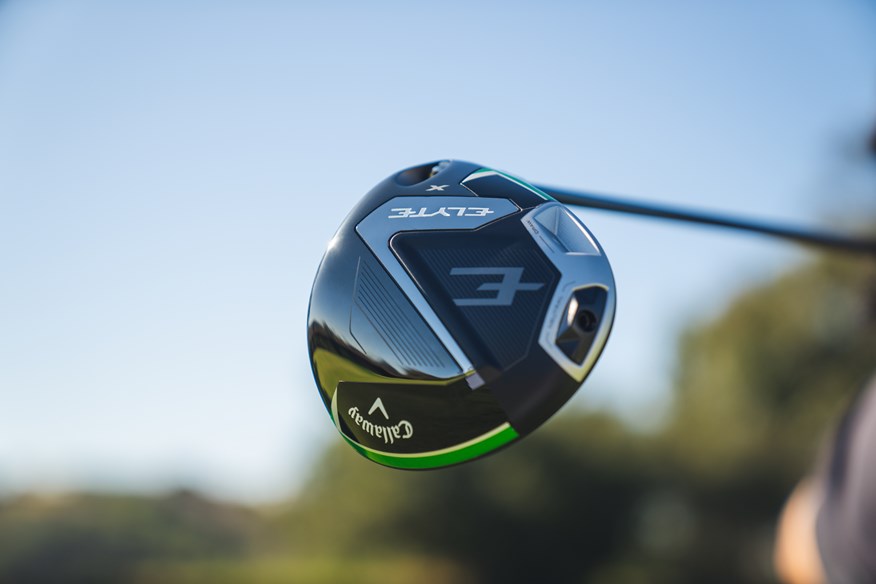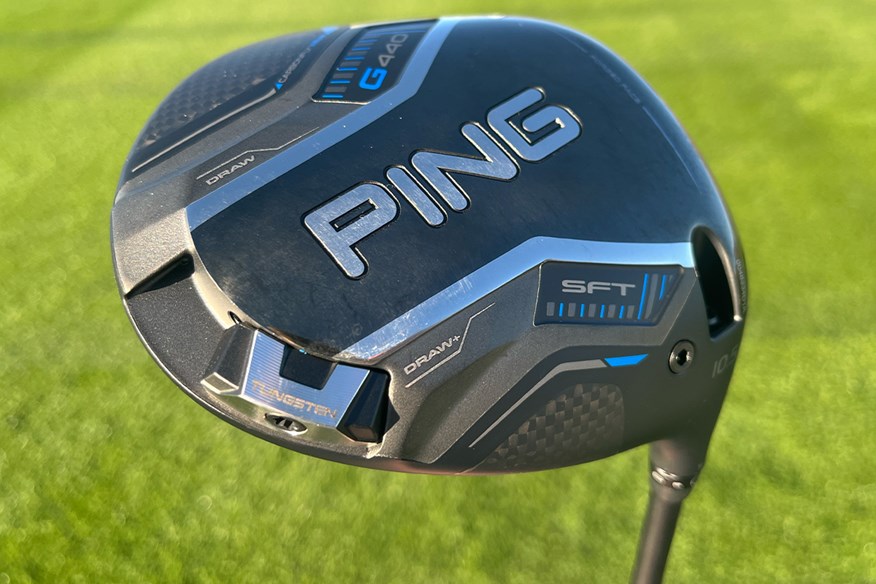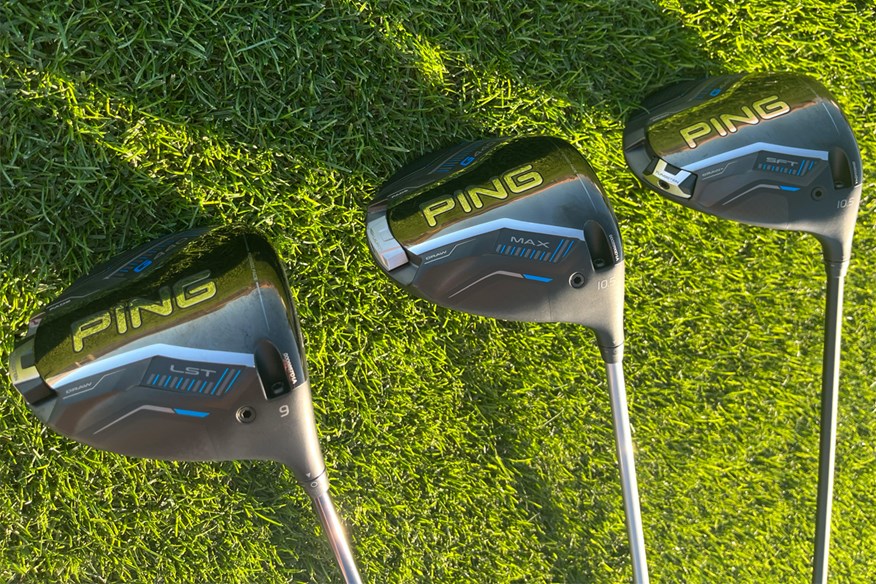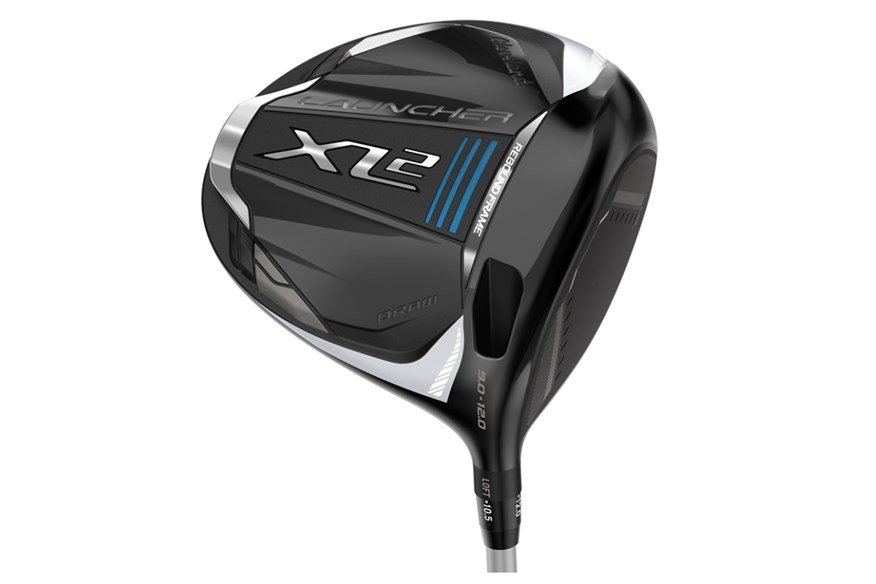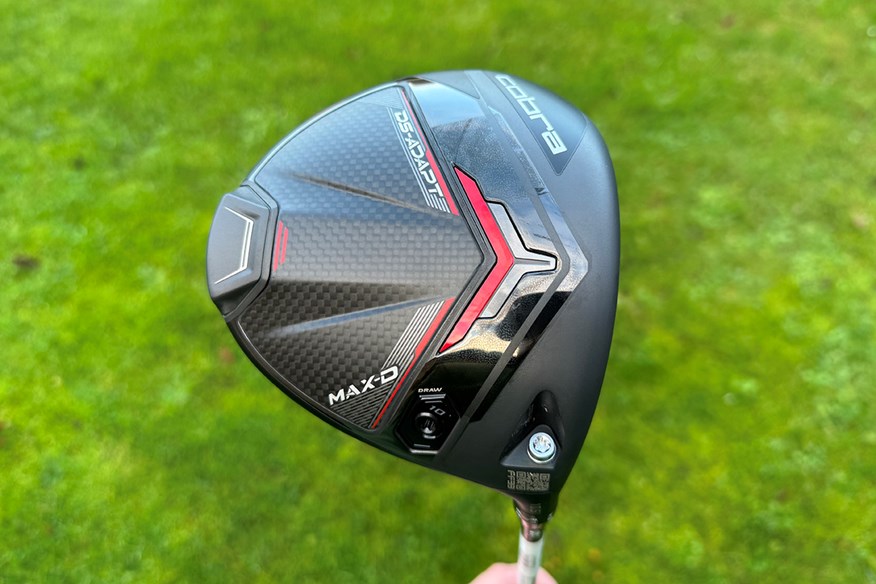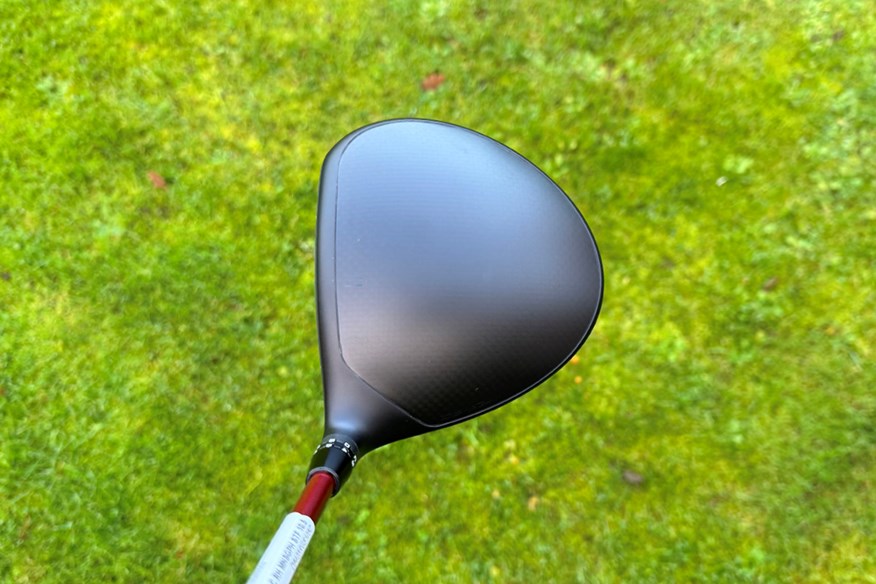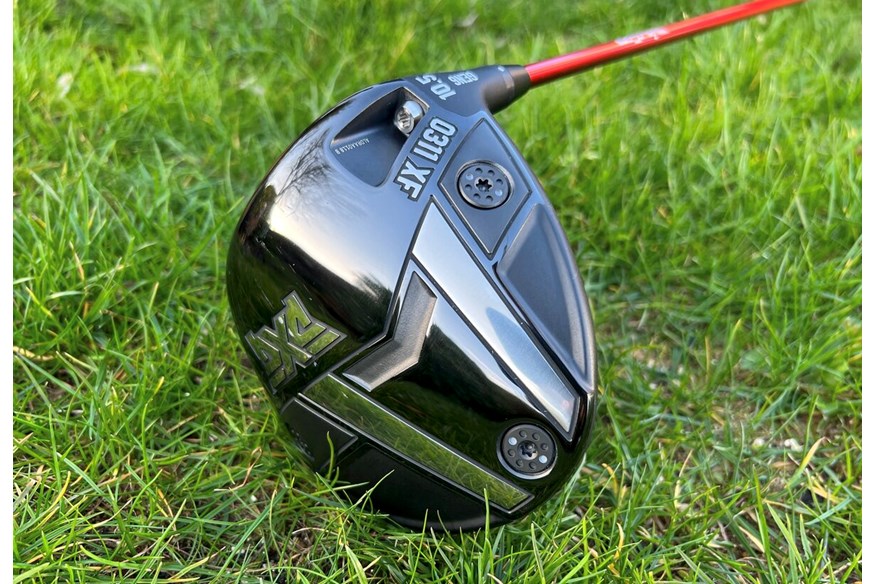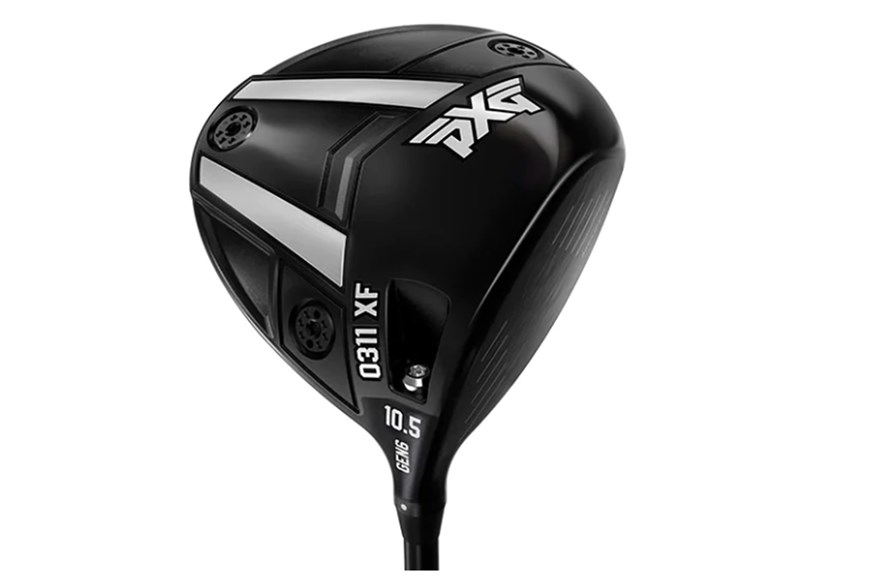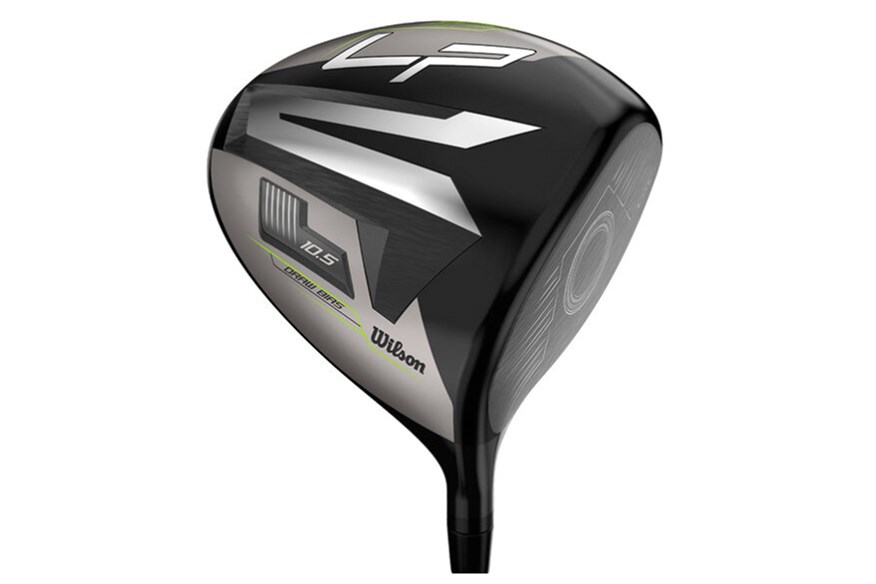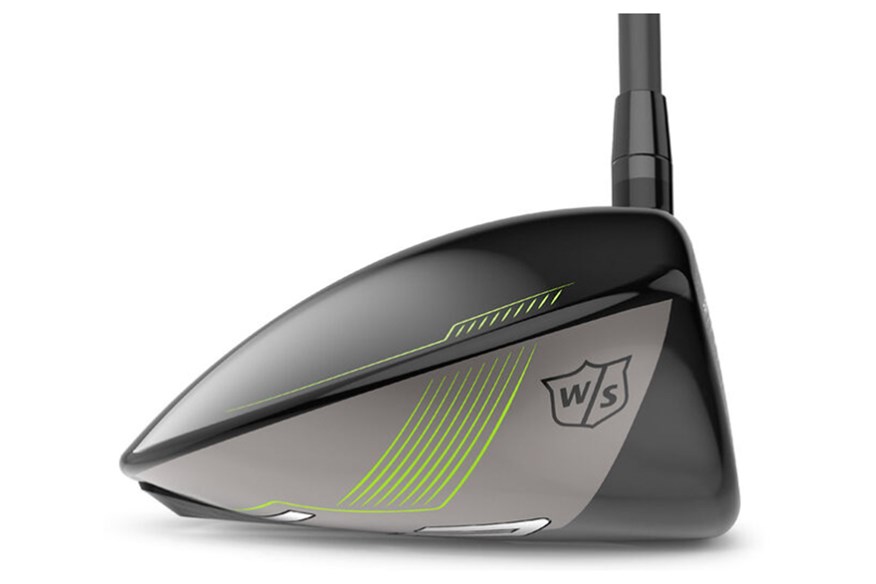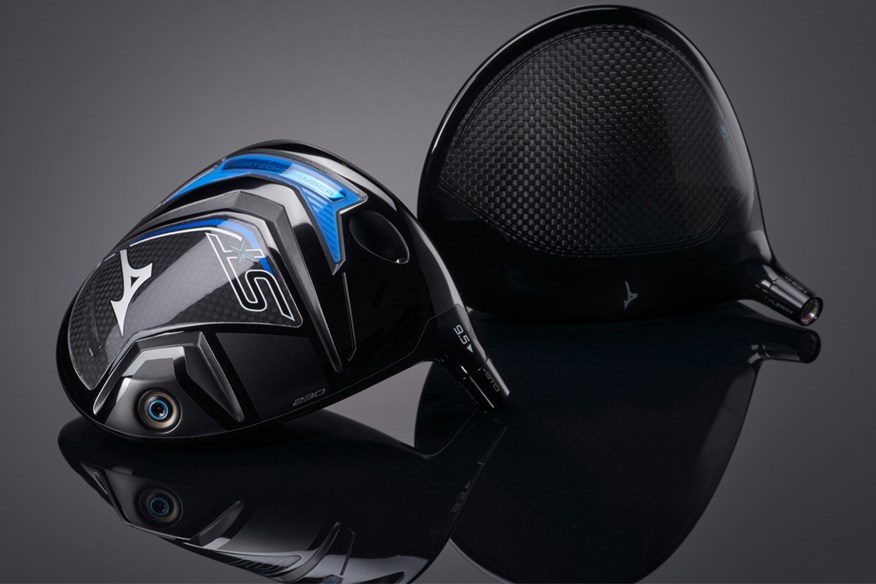Best Draw Drivers 2025: Our data backed slice-busting shortlist reveals all
Last updated:
What are the best draw drivers to help keep your slice in check? Today’s Golfer pitches contenders Head-to-Head to help find your fix off the tee this year.
Best Draw Drivers – Jump To:
Draw models tend to be the best golf drivers for players who struggle with a slice, as they’re designed to straighten out wayward shots, adding more distance and helping you find more fairways. And don’t think you’re alone on this one! The majority of club golfers spend a significant number of weekends throughout their golfing lives watching tee shots defy orders and take the wrong turn mid-flight. A slight out-to-in swing path combined with an open club face relative to that path is all it takes for unwanted side spin to grab hold of the ball.
Luckily, help is at hand, and it doesn’t require you to rebuild your swing overnight (although some technical changes wouldn’t go amiss!) Golf club engineers are well aware of the slice epidemic plaguing golf communities and continually optimize clubhead center of gravity (CG) to provide at least some immunity for this type of player. By distributing weight towards the heel, draw-biased drivers impart corrective spin on the ball, helping golfers further by squaring the face off at impact with the CG sitting closer to the shaft.
Many of the best draw drivers can be adjusted via sliding or interchangeable weights to provide different levels of draw bias, depending on the severity of the slice you’re trying to overcome. Draw drivers are typically some of the best drivers for beginners and high handicappers as it’s those golfers who often struggle most off the tee, but there’s nothing to say more advanced golfers looking to dial in a particular shot shape can’t use them too. Fundamentally though, a draw-biased driver will only mask the symptoms of your slice, and as always, the underlying cause is best addressed with a teaching pro for a long-term solution.
Best At A Glance:
Best draw driver for speed: Callaway Elyte X | Buy Now
Most forgiving draw driver: TaylorMade Qi35 Max | Buy Now
Best for draw capability: Ping G440 SFT | Buy Now
To help you make the most informed buying decision we have independently tested the most draw-capable drivers on the market in 2025. Launch monitor data from TG’s Testing Pro can be viewed in the data table, which has narrowed down our shortlist below, where you can read driver summaries with links to full reviews for everything you need to know. And don’t forget to complement your decision by pairing your new purchase with your choice of one of the best golf balls too.
Best Draw Drivers 2025
10,000 MOI just got an upgrade
In testing, our pro player found the Qi35 to deliver exceptionally consistent results, though it didn’t clock the highest speeds. Neil particularly appreciated the club’s appearance at address, praising the look of the chromium carbon finish, which appealed even to seasoned players. While it might not be an essential upgrade over the TaylorMade Qi10, it remains one of the most forgiving drivers for 2025, and a great choice for a high handicapper looking for a premium model with a seriously impressive amount of forgiveness.
TG Test Pro Data:
Ball Speed: 162.3mph | Backspin: 2825 rpm | Carry: 275.4 yds | L-R Dispersion: 16.7 yds
Read our full TaylorMade Qi35 Max driver review.
Pros
- Chromium Carbon material adds to the confidence at address.
- Lower CJ Projection for optimal launch and spin.
- The extreme shape and weighting might mean you can use a little less loft to get more ball speed.
Cons
- Large playing profile may be offputting for some.
| Lofts | 9° / 10.5° / 12º (RH/LH) |
| Stock shafts | Fujikura Air Speeder 50g / Mitsubishi Diamana T+ 60g |
| Stock grip | Golf Pride Z-Grip Black/Silve |
A sweeter performance no matter where shots hit the face.
During our testing, the Callaway Elyte X delivered standout performance across the board, arguably outperforming all other clubs. It generated the fastest ball speed, highest carry, and a solid mid-level spin. The only category it didn’t dominate was left-to-right dispersion. Overall, Callaway’s impressive performance continues in 2025, with strong results across both metalwoods and irons, making the entire family a worthy choice for any high handciapper.
TG Test Pro Data :
Ball Speed: 163.9 mph | Backspin: 2585 rpm | Carry: 282.2 yds | L-R Dispersion: 26.7 yds
Read our full Callaway Elyte X Driver review.
Pros
- The new Smart Face concept is a really clever idea to tailor a driver more to your game.
- With four models to choose between, there's a driver solution in the Ai-Smoke family for everyone.
- These are good-looking, fast, and lovely-sounding drivers.
Cons
- These are some of the most costly drivers on the market.
| Lofts | 9° / 10.5° / 12° |
| Stock shafts | True Temper Project X Denali Charcoal 50g (5.5-R, 6.0-S) and 60g (6.0-S, 6.5-X) Mitsubishi Chemical Vanquish PL 40g (R2, R) <br>Women’s Mitsubishi Chemical Eldio 40g (L) |
| Stock grip | Golf Pride Tour Velvet 360. |
Ping Anti-Slice model is a game changer for the high handicap golfers
During testing, pro golfer Neil Wain was impressed by the G440 SFT’s overall performance, particularly its ball speed and carry. While PING drivers have historically lacked in distance, the G440 range for 2025 seems to offer a notable boost, making it a strong option for amateur golfers looking for more power off the tee. The technology behind this driver means anyone struggling with a slice will significantly benefit from having this in the bag. Trust me, it works!
TG Test Pro Data:
Ball Speed: 161.8 mph | Backspin: 2859 rpm | Carry: 275.3 yds | L-R Dispersion: 42.5 yds
Read our full PING G440 SFT Driver review.
Pros
- You'll struggle to find a more forgiving driver.
- Suited to a wide range of golfers.
- Consistency in launch and spin characteristics across the entire face.
Cons
- Some will complain about the louder sound, I say don't let it put you off.
| Lofts | 9º, 10.5º, 12.5º |
| Stock shafts | Ping Alta CB (counter-balanced) Blue 55 (SR, R, S); Ping Alta Quick 35/45 (HL build only) |
| Stock grip | Golf Pride 360 Tour Velvet |
A confidence-inspiring draw driver designed for the avid club golfer.
All in as far as draw drivers go the XL 2 did a job for me, it powered shots down the left side of the range at similar levels to the most draw-biased driver I’ve ever hit – the Ping G430 SFT. It also produced a ball speed and carry distance just above my test average. So long as a left tendency is the shot shape your game requires the XL 2 does what it says on the tin. Just be aware, it felt like shots were driven forward a little lower and less flighted than I would typically expect.
Read our full Cleveland Launcher XL2 Draw driver review.
Pros
- Lots of driver for the money.
- Packed with slice-busting tech.
- Great looking head shape.
Cons
- You won't see it played on Tour.
| Lofts | 9° / 10.5° / 12° |
| Stock shafts | Aldila Ascent PL 40. |
| Stock grip | <strong> </strong>Lamkin Crossline 360. |
Cobra's Slice Buster
During testing, the Cobra DS-ADAPT Max D reached 276 yards. While it didn't stand out as much as some other drivers, our testing pro noted that its performance could improve considerably with a full utilization of the FutureFit33 hosel technology.
TG Test Pro Data:
Ball Speed 163.3 mph | Carry 276.1 yards | Spin (Total) 2,963 rpm | L-R Dispersion 29.2 yards
Read our full Cobra DS-ADAPT Max D driver review.
Pros
- Incredibly soft and responsive feel off the face
- Fantastic adjustability due to FutureFit 33
- Outstanding aesthetics - looks great in the bag and behind the ball
Cons
- No truly impressive performance metrics
| Lofts | 9° / 10.5° / 12° |
| Stock shafts | True Temper Denali Black 60 (S); MCA Tensei AV Blue 60 (S); True Temper Denali Blue 60 (R, S, X); True Temper Denali Red 50 (R, A) |
| Stock grip | Lamkin Crossline. |
A powerful and stable option that stands up to the best draw drivers.
I played the XF throughout 2023 and loved how its super forgiving set-up helps me find a ton of fairways, a trait my short-hitting game is based around. The head sits beautifully square behind the ball and its big profile looks incredibly forgiving without ever being distracting. Admittedly at my swing speed, there’s not a ton of gains to be had in terms of ball speed or carry distance between the nine different models tested. That said, the PXG did produce my longest carry distance and 3rd smallest dispersion area within the category. If you’re looking for a forgiving easy to square driver in 2025, the XF is an exceptional option. Just make sure you get fitted to maximize your fairway finding potential.
Read our full PXG 0311 GEN6 XF driver review.
Pros
- These are the best-looking drivers PXG has made.
- There's a good selection of stock shafts, plus lots of premium upgrade choices.
- PXG's weight and length fitting capability is second to none.
Cons
- Keep an eye on the PXG website, as prices can fluctuate regularly.
| Lofts | 9° / 10.5° / 12° |
| Stock shafts | Mitsubishi Tensei AV Raw Blue, Mitsubishi Diamana S+, Aldila Rogue Elite Blue, Project X Cypher, Project X Smoke Blue RDX, EvenFlow Riptide. |
| Stock grip | PXG Z5 Black. |
A super draw-biased driver that will appeal to slower-swinging players.
Aesthetically, there’s the whiff of draw drivers from yesteryear about it, but it does what draw drivers are supposed to - keep you out of the right-side rough. We struggled not to hit shots left with it – a ringing endorsement of its capabilities. The model is a couple of seasons old now, however, if you’re after a strong draw-biased driver on a budget then, this remains a worthy contender for your cash in 2025.
Read our full Wilson Staff Launch Pad driver review.
Pros
- Easy launching, consistent performance.
- An excellent option for slow-to-moderate swing speeds.
- Effective at combatting a slice.
Cons
- Strong non-adjustable hosel offset.
| Lofts | 9° /10.5° / 13° |
| Stock shaft | Project X Even Flow 65. |
| Stock grip | Wilson Staff Midsize. |
Great draw-biased driver for golfers with decent swing speeds.
In the hands of our test pro, the ST-X 230 produced spin rates under 2000 rpm with some of the lowest launch angles, highlighting the danger for those lacking sufficient ball speed. It struggled to get within 10 yards of his longest carries. It's not going to be for everyone due to its nuanced nature, and is a bit of a 'complex character', according to Chris Voshall, Mizuno’s Director of Product. If you are looking at Mizuno in 2025, we advise also hitting the more forgiving ST-Z 230 as well to see which model fits you best.
Read our full Mizuno ST-X 230 driver review.
Pros
- Mild draw bias for those with less severe slices.
- Very workable in the right hands.
- Great looking and explosive-sounding driver.
Cons
- Less forgiving and harder to launch than some.
| Lofts | 9.5º, 10.5º, 12.5º |
| Stock shafts | UST Mamiya LIN-Q Red, Mitsubishi Kai'li Blue, UST Helium Nanocore F2. |
| Stock grip | Lamkin ST. |
Best Draw Drivers 2025: The Data
| Manufacturer | Model | Loft (°) | Clubhead Speed (mph) | Ball Speed (mph) (+/- SD) | Carry Distance (yds) (+/- SD) | Spin Total (rpm) (+/- SD) | Launch Angle (°) | Height (yds) | Descent Angle (°) | L-R Dispersion (yds) |
| Callaway | Elyte X | 10.5 | 116.0 | 163.9 (1.9) | 282.2 (7.9) | 2,585 (421) | 11.9 | 35.4 | 40.5 | 26.7 |
| Ping | G440 Max | 10.5 | 115.1 | 163.1 (1.3) | 281.8 (5.7) | 2,702 (344) | 12.9 | 39.9 | 43.7 | 31.9 |
| Mizuno | ST-Max | 10.5 | 115.1 | 162.4 (1.6) | 281.7 (8.0) | 2,519 (435) | 12.8 | 37.3 | 42.1 | 32.3 |
| Cleveland | HiBore XL | 10.5 | 113.6 | 160.3 (1.4) | 277.9 (3.9) | 2,561 (225) | 12.5 | 36.7 | 41.9 | 24.7 |
| Cobra | DarkSpeed-Adapt Max K | 10.5 | 114.6 | 160.6 (0.4) | 276.1 (6.8) | 2,646 (319) | 12.2 | 36.0 | 41.8 | 33.5 |
| Cobra | DarkSpeed-Adapt Max D | 10.5 | 116.7 | 163.3 (0.5) | 276.1 (6.8) | 2,963 (263) | 13.0 | 42.1 | 45.3 | 29.2 |
| TaylorMade | Qi35 Max | 10.5 | 115.8 | 162.3 (1.6) | 275.4 (4.6) | 2,825 (418) | 11.4 | 35.7 | 41.3 | 16.7 |
| Ping | G440 SFT | 10.5 | 115.9 | 161.8 (1.8) | 275.3 (5.4) | 2,859 (412) | 13.7 | 41.9 | 46.8 | 42.5 |
| Wilson | DynaPower Max | 10.5 | 113.9 | 161.5 (1.1) | 273.2 (5.9) | 2,887 (281) | 12.6 | 38.8 | 44.0 | 18.7 |
*All lofts at 10.5º unless otherwise stated.
How we tested the best draw drivers
We collect data points from the ball and club for every shot hit using a Foresight GQ Quad launch monitor. We chose Foresight as their launch monitors are recognized as industry-leading and they replicate the technology employed by top brands when testing their own clubs and balls. They’re also owned by many of the best players in the world.
Our main club tester is PGA Professional and Custom Fit Technician Neil Wain. We chose Neil as he’s a very consistent striker of the golf ball, which means we don’t need to remove lots of mishit data (which is an inefficient use of energy and hitting time). It also allows us to create clean accurate comparison data which can be relied upon for proper analysis.
See more about how TG tests golf clubs and other equipment.
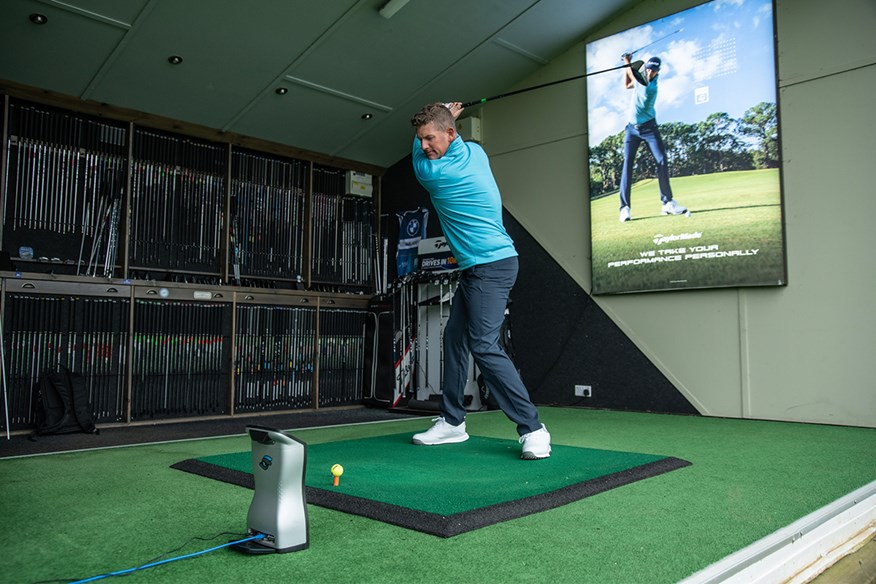
Best Draw Drivers: Buying Guide
Choosing a new driver should be a decision you take some time over, to research thoroughly and make sure that you are investing in the club that will take your game to the next level. That’s critical for every player, particularly as second to your putter, the driver should be the club you reach for the most. Regarding draw-biased models specifically, here are the key things to consider when selecting your perfect fairway finder.
Weight distribution
R&D teams are constantly refining the optimal positioning of weight distribution across the club head to achieve specific outcomes. When it comes to draw-biased drivers, more weight is distributed in the heel to help promote a closed face on impact and reduce the amount of side spin imparted on the ball. Those seeking maximum forgiveness alongside anti-slice performance should also ensure there is a good distribution of weight toward the back of the clubhead too, which promotes stability through the delivery.
Adjustability
Having the ability to tinker with loft and lie is something that can pay dividends for all levels of golfer, and as such is becoming increasingly commonplace in the latest driver releases. This adjustability enables you to achieve launch angles and spin rates that best suit how you deliver the club through the ball. For those struggling to control a slice, moveable weighting systems, such as those found in the Ping G430 SFT will allow you to customize the amount of draw bias to match the demands of your shot shape.
MOI
A term sprayed around in the golf world more than your wayward tee shots. But what does it mean and why is MOI important? Scientifically speaking, forgiveness is quantified using MOI (moment of inertia), measured in grams per centimeter squared, and defines how resistant the club face is to twisting on impact. Higher MOIs will provide greater forgiveness by keeping the clubface square with your alignment at the point of impact. To put the numbers in context, drivers with MOIs of over 9,000g/cm2 are typically at the highest end of the MOI spectrum with some models now hitting the 10K mark.
Custom fitting
Often overlooked by club golfers, but dialing in your optimal set-up with a custom fitting session will likely be of more benefit than the slight performance edge you hope to achieve by selecting one driver over another. Not every draw-biased driver will dampen the severity of your slice to the same extent which is why getting custom fitted to find the driver and set up that suits your shot shape best is so important.
Budget
As with most things in the golf world, prices for drivers can vary considerably. Value for money is subjective and therefore you should spend however much you feel comfortable with, be it a premium model, or one with a more competitive price point. Powerhouse driver brands such as Ping, TaylorMade, and Callaway will typically be positioned at the top end of the market, however, there is excellent value (with performance) to be found with other brands such as PXG, Wilson, and Cobra.
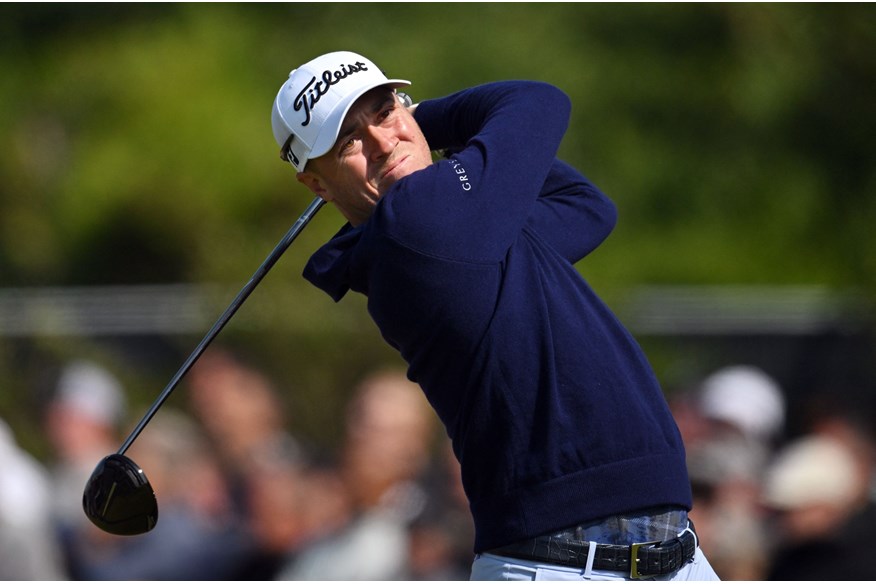
Best Draw Drivers: FAQs
What is a draw driver?
A draw driver has built-in technology to promote a right-to-left ball flight (for right-handed golfers). Many draw drivers are adjustable, allowing you to customize the amount of draw-bias you want. This can be particularly helpful if the severity of your slice reduces over time as a result of golf lessons and/or practice.
How do I know if I need a draw driver?
Around 80% of golfers are battling an unwanted left-to-right shot shape (for right-handers) with their driver… also known as the dreaded slice. If you see your ball curving off to the right, then a draw-biased driver could help keep you on the fairway more often. A severe slice can also cost you a lot of distance, so a draw-biased driver may well give you extra yardage off the tee as well as a straighter ball flight.
Should you have more or less loft to stop slice?
Typically, a lower-lofted driver is likely to make your slice worse. If you can learn to hit up on the ball with a positive angle of attack and less out-to-in swing path, you’ll benefit from higher flight, longer drives, and ultimately reduce the severity of your slice.
What makes a driver forgiving?
One of the key factors in the level of forgiveness offered by a driver is the MOI (moment of inertia), which is how stable the clubhead is through impact. This resistance to twisting helps the face stay square to the intended target for longer, encouraging straighter drives, even on off-center strikes.
The most forgiving drivers also pack in technology which helps mishits maintain ball speeds and spin rates closer to what you get from a centered strike, which helps with ball flight and distance.
What is MOI?
MOI is a term used in physics to objectively describe how much resistance an object has to turn about its axis. It stands for ‘Moment of Inertia’ and is used by golf club manufacturers to measure the resistance a clubhead has to twist throughout impact. The higher the MOI, the more stable the club is deemed to be. Scores in the region of 10,000 g/cm2 provide the very highest levels of stability and are generally better suited to beginners and high-handicappers.


